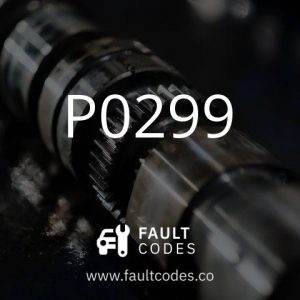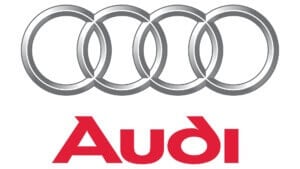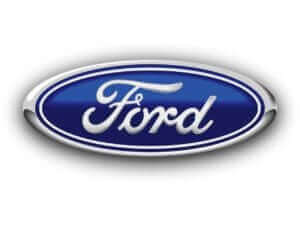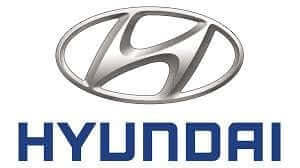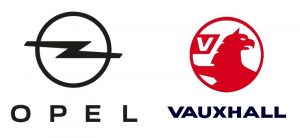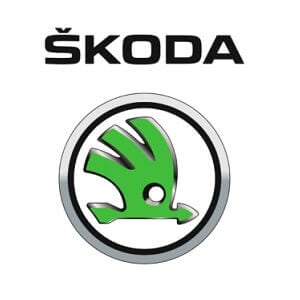P0299 Fault Code
You can find information about the P0299 fault code on this page.
We have given it a seriousness of 9/10 with 1 being the least serious and 10 being the worst.
Looking To Fix This Yourself?
By using a workshop/repair manual you could diagnose and even fix this issue yourself.
You can find a collection of free manuals containing loads of information specific to your car on our partner site.
View Workshop/Repair/Service Manuals » Long Description
Long Description
The code P0299 is used to indicate a lack of pressure in a vehicle’s forced induction boost system. It can be that there is an issue with either the turbocharger or the supercharger, specifically in bank A of the engine.
If your vehicle’s engine control unit (ECU) is not picking up the required range of boost coming from the turbocharger or supercharger, it will trigger this fault code.
Both turbochargers and superchargers are types of forced induction systems that provide compressed air to an engine. This is typically done to increase efficiency, as well as power from a smaller engine.
These components are not standard for all vehicles as they can be complicated and expensive. However, with the trend towards reduced carbon emissions and better fuel economy, they are becoming very common in most cars.
Code P0299 can affect any car with a forced induction system, but Chevrolet, Ford, and Volkswagen are common offenders.
 Other Signs of This Problem
Other Signs of This Problem
The most obvious sign of this problem is a significant lack of power in the vehicle. Typically, superchargers and turbochargers will provide extra power to an engine in a specific range of revolutions per minute (rpm).
Turbochargers typically provide boost at relatively higher rpm, depending on the size. Superchargers usually provide boost at lower rpm.
Because of the complications of any issues with a forced induction system, the vehicle will also go into limp mode if the issue is bad enough. This is when the vehicle can only move at very slow speeds.
The Check Engine light will also illuminate if this error occurs.
 What Could Be The Problem?
What Could Be The Problem?
Forced induction systems can be very complex, particularly turbochargers. These can only further worsen with more complicated systems like bi-turbochargers, multi-stage turbochargers, and twinchargers.
A faulty turbine or compressor in either a supercharger or turbocharger can lead to insufficient pressure being created. This can trigger the code. Fault in the exhaust gas recirculation (EGR) can have the same effect.
Air restriction or leakage anywhere in the system can result in too little pressure being created, which will also signal the P0299 code.
A damaged or faulty boost pressure sensor can give off a false reading even if the forced induction system is working properly.
Low oil pressure is another possible cause.
 Fixes
Fixes
The complicated nature of these systems means that most people would not be comfortable or experienced enough to fix them. There are some things that can be done in the case of an accessible supercharger though.
One of the easiest fixes for a supercharger with this type of issue is to check the belt or chain that is driving the compressor.
Another relatively simple way to fix this issue is to look for any damage or leaks throughout the entire forced induction system. The turbine and compressor wheels are particularly susceptible to damage.
Testing the boost pressure sensor is another good way to fix this P0299 error code.
 Seriousness
Seriousness
The P0299 error code can easily be considered very serious.
While your car may be able to run in limp mode, it will be severely underpowered and definitely should not be used normally. It can also lead to engine damage with prolonged operation.
It is very important to prioritize taking your vehicle in as soon as possible, if not have it towed.
Popular Fault Codes
These are the most popular fault codes that people are searching for.
